DM-19 - Modeling uncertainty

- Differentiate among modeling uncertainty for entire datasets, for features, and for individual data values
- Describe SQL extensions for querying uncertainty information in databases
- Describe extensions to relational DBMS to represent different types of uncertainty in attributes, including both vagueness/fuzziness and error-based uncertainty
- Discuss the role of metadata in representing and communicating dataset-level uncertainty
- Create a GIS database that models uncertain information
- Identify whether it is important to represent uncertainty in a particular GIS application
- Describe the architecture of data models (both field- and object-based) to represent feature-level and datum-level uncertainty
- Evaluate the advantages and disadvantages of existing uncertainty models based on storage efficiency, query performance, ease of data entry, and ability to implement in existing software


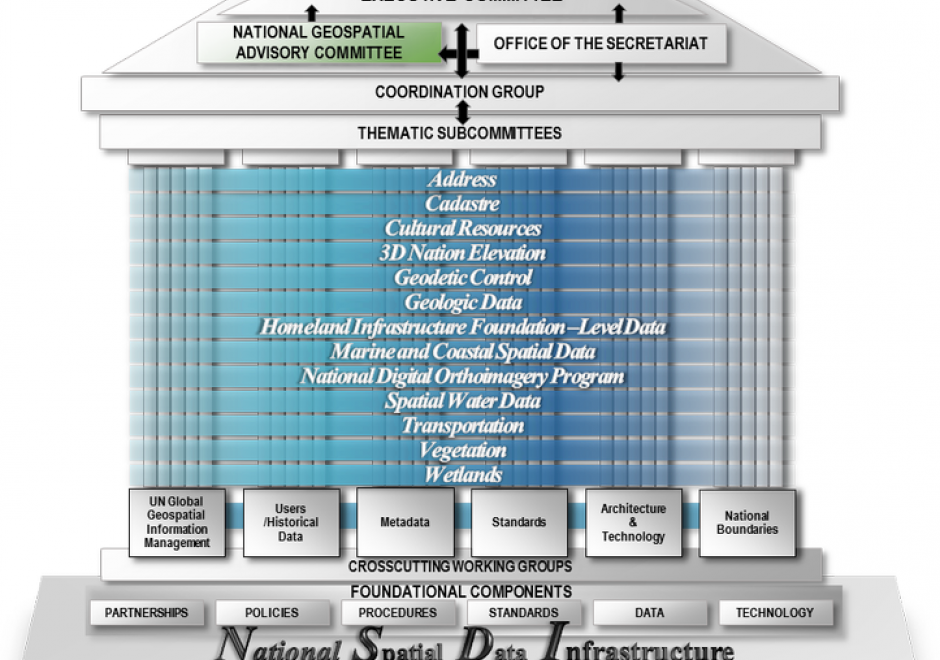
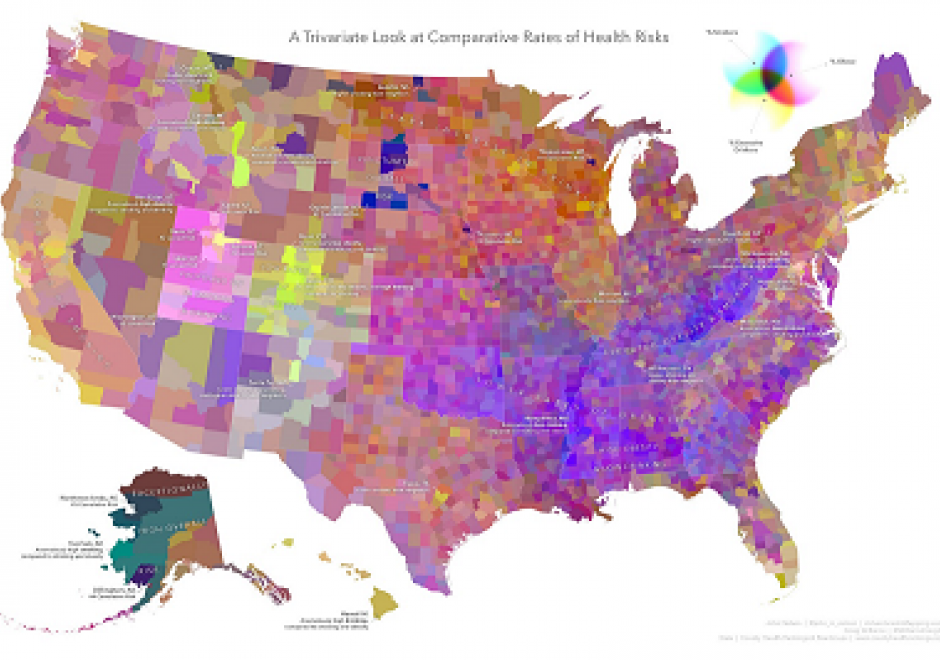
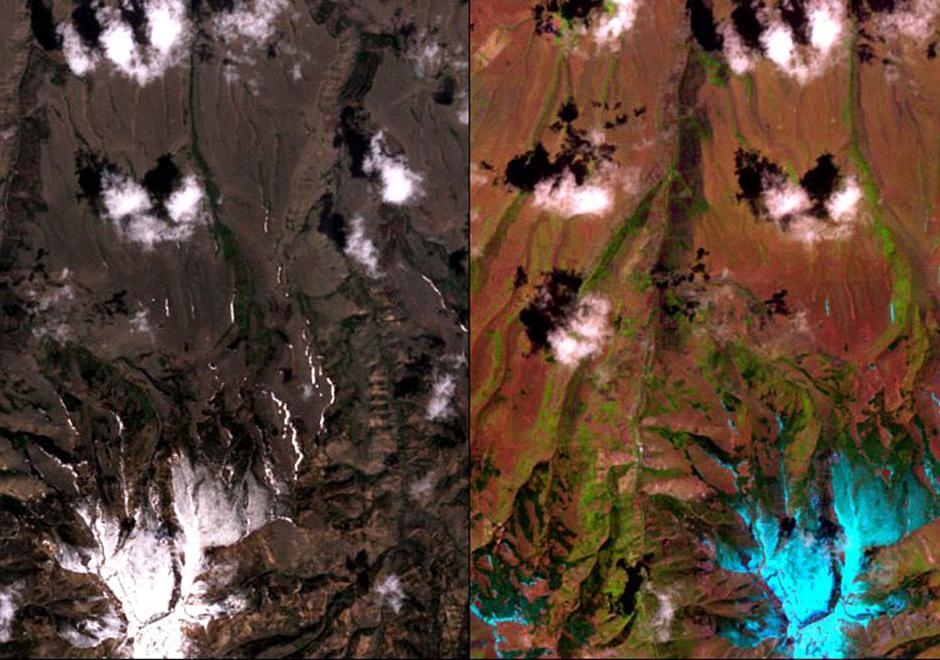
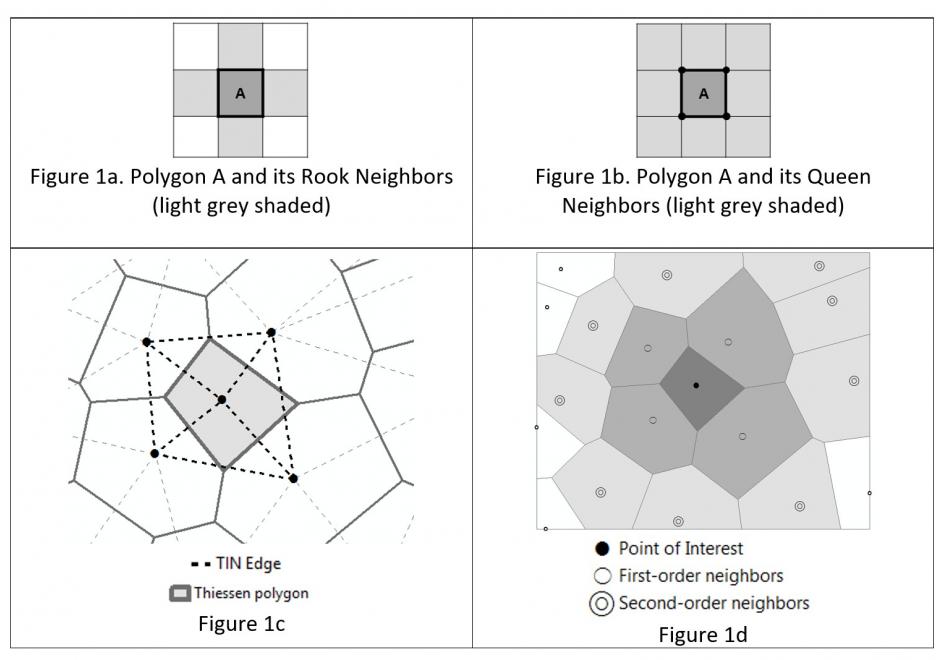
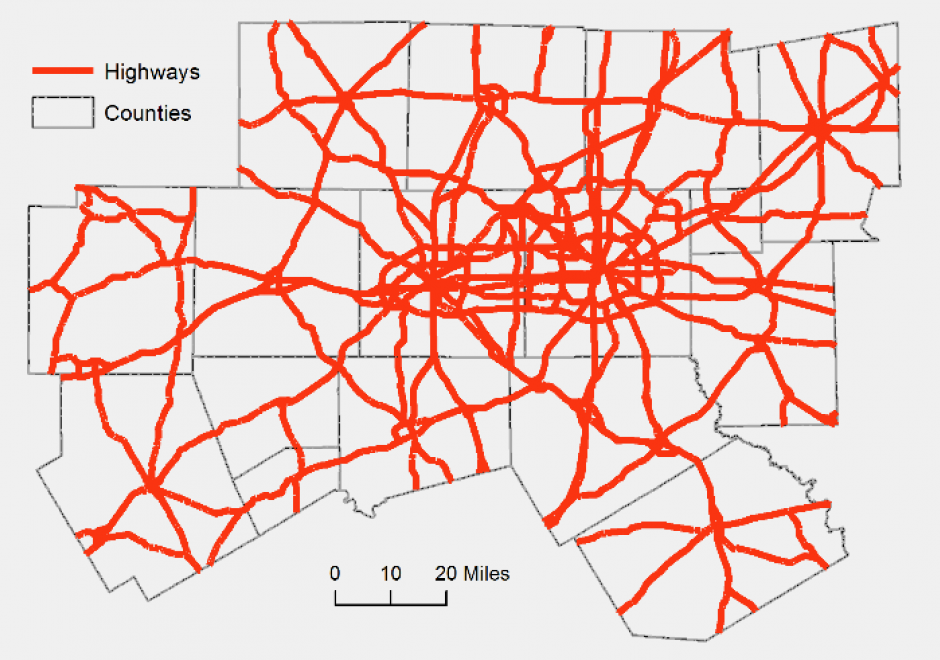
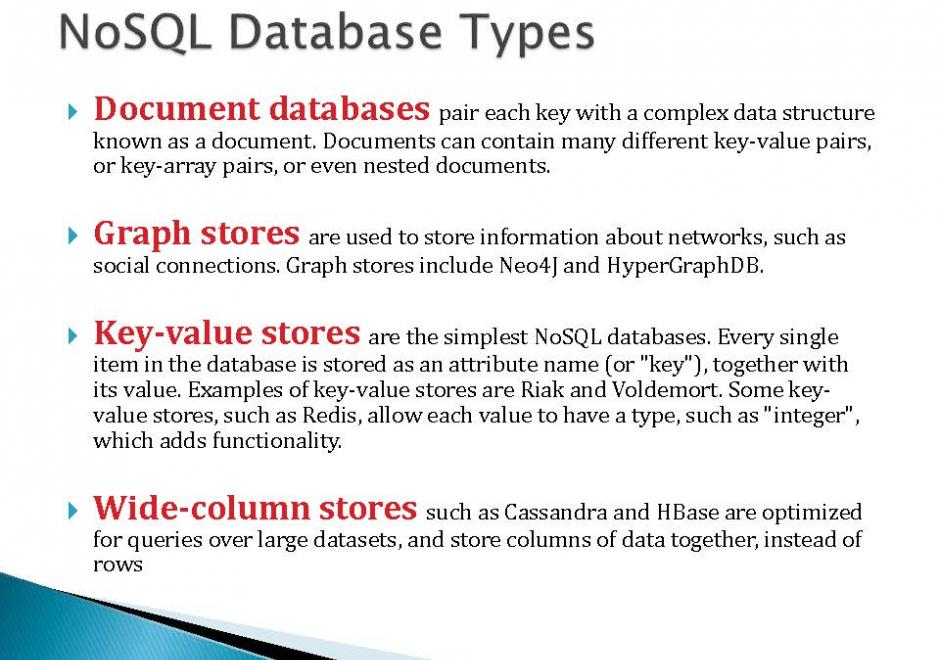
DM-21 - Modeling three-dimensional (3-D) entities